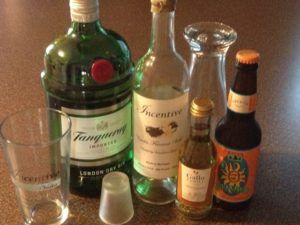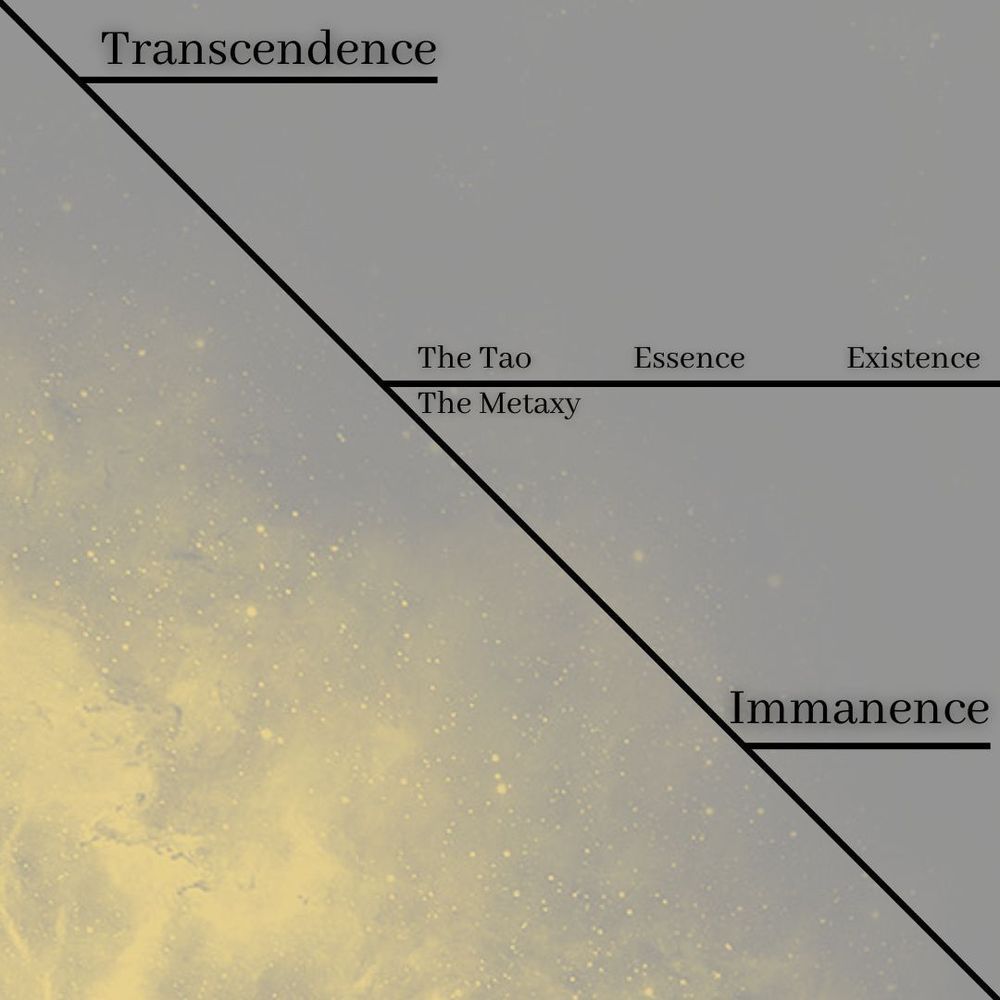
BYCU
That's the good thing about booze: You drink when you're happy and you drink when you're sad. You drink when you have plenty of money, you drink when you don't have enough money to do anything else.
And you drink when the market is up, and you drink when the market is down:
“You definitely have spikes when the market does something interesting,” says Peter Poulakakos, whose company, HPH, owns the Dead Rabbit and other prominent New York watering holes, including Harry's, Pier A Harbor House and Ulysses' Folk House.
Which is not to say that sustained bad market news is good news for the bar business. While the liquor industry itself has long been considered recession proof – in 2008 and 2009, booze brands actually saw sales growth of 1.7% and 1.4%, respectively, according to the Distilled Spirits Council of the U. S. – bars aren't as insulated from downward economic trends. From 2007 to 2009, bar revenue dropped 10% to $17.9 billion, according to industry researcher IBISWorld.
The phrase, "bars aren't as insulated from downward economic trends," correlates with my expectations. When money is tight, people continue to drink, but they won't do it at the bar. Between the mark-up and the tip, it gets awfully expensive, and as Frank Rich at Modern Drunkard Magazine has pointed out, if you can't afford to tip, you can't afford to drink at the bar.









